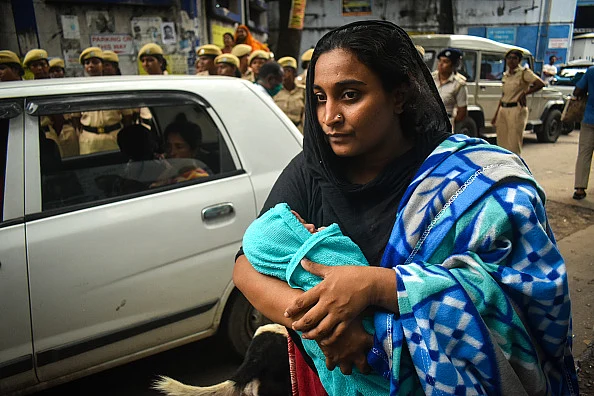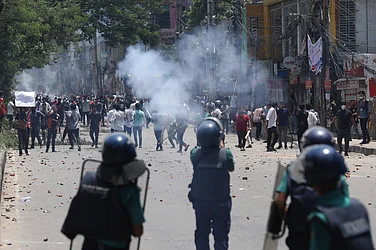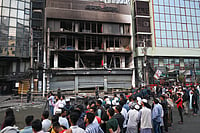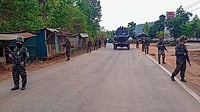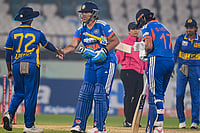The centralised online portal for registering births and deaths has been experiencing malfunctions leading to delays in issuance of certificates, according to a report published by The Hindu.
The Hindu reported that a letter dated August 5, 2024, from the Chief Registrar of Birth and Deaths in Bihar to the Registrar General of India highlighted significant issues with the revamped Civil Registration System (CRS) portal. The letter detailed problems such as slow performance, delayed OTP generation, and persistent error messages, which caused a backlog in registrations.
It also noted that despite notifying the RGI multiple times, there remains a mismatch between 1,408 registration IDs in Bihar and those listed on the portal.
What is the Civil Registration System?
The Civil Registration System (CRS) is a nationwide system for recording key events like births, deaths, and stillbirths. This is mandated by the Registration of Births and Deaths (RBD) Act, 1969, which makes the non-registration of births and deaths a punishable offence. According to the rules, all such vital events must be registered within 21 days.
The Civil Registration System (CRS) is listed under the Concurrent List of the Indian Constitution at item number 30. This means that both the Central and State governments have the authority to create and enforce laws related to CRS. The activities under the CRS is coordinated centrally by the Registrar General of India, and at the State level by the Chief Registrar and Registrars. The data from the CRS is used to plan policy and effect efficient delivery of services.
As per data available on the Census of India website, the registration level of births in 2019 was 92.7 per cent, up from 82.4 per cent in 2011. The registration level of deaths had increased to 92.0 per cent in 2019, from 66.4 per cent in 2011.
Central portal for birth and death registration
A central portal for registering births and deaths came into effect from October 1, 2023, to centralise a process that was otherwise managed at the State level. This centralised database issues birth certificates and shares data with authorities who update important records, such as population registers, voter lists, Aadhaar numbers, ration cards, passports, driving licences, and property registrations.
To date, 23 states and six union territories have transitioned to the new portal. States such as Tamil Nadu, which have their own systems, are required to send data to the central database in real-time.
The centralised portal was mandated by the Registration of Births and Deaths (Amendment) Act, 2023.
Registration of Births and Deaths (Amendment) Act
The Registration of Births and Deaths (Amendment) Act, 2023, was enacted in August, 2023 to modernise the Registration of Births and Deaths (RBD) Act, 1969, by creating a national and state-level database. It amended the 1969 Act to insert the clause: “The Registrar General of India shall maintain the database of registered births and deaths at the National level and it shall be obligatory upon the Chief Registrars and the Registrars to share the data of registered births and deaths to such database.”
The Amendment Act aimed to streamline processes by allowing birth certificates to serve as a single document for various purposes, including education, licensing, voter registration, and government employment.
The Amendment Act requires designated individuals, such as medical officers in hospitals, jailors for births in jails, and hotel or lodge managers for births in their facilities, to report births and deaths to the Registrar. The Amendment adds that, for births, these individuals must also provide the Aadhaar numbers of the parents and informant.
The list also includes adoptive parents in non-institutional adoptions, biological parents for surrogacy births, and parents of children born to single or unwed mothers
In Parliament, Union Minister Nityanand Rai had emphasised that the original Act needed updating to be in line with societal changes and technological advancements, and to make the system more citizen-friendly.
However, critics argued that the digital birth certificates could inadvertently exclude individuals who lacked access to digital platforms, and prevent them from accessing services. The mandatory use of the birth certificate for purposes such as school admissions and issuing passports to born after October 1, 2023 adds to this problem.
CRS Issues reported
Since the rollout of the new Civil Registration System (CRS) in March this year, several technical issues have been reported. District officials in Chhattisgarh said there were significant teething problems with the system, including frequent freezes during birth and death registrations. At times, they said, the system has been unresponsive for hours or even an entire day, disrupting the registration process, according to The Hindu report.
In a district hospital in Noida, the online CRS has faced persistent technical glitches, resulting in over 300 pending certificates as of August 9, according to The Hindustan Times. The portal experienced an eight-day shutdown from June 18 to 25 for updates, but even after it resumed operation on June 30, users continued to encounter problems.
Issues such as system errors when saving data, delays in OTP generation, and missing forms for monthly reports have been reported. Additionally, the requirement for Aadhaar e-sign-in during document attachment has been problematic for many users. There are also calls for the new portal to include daily registration numbers, a feature present in the previous system.






